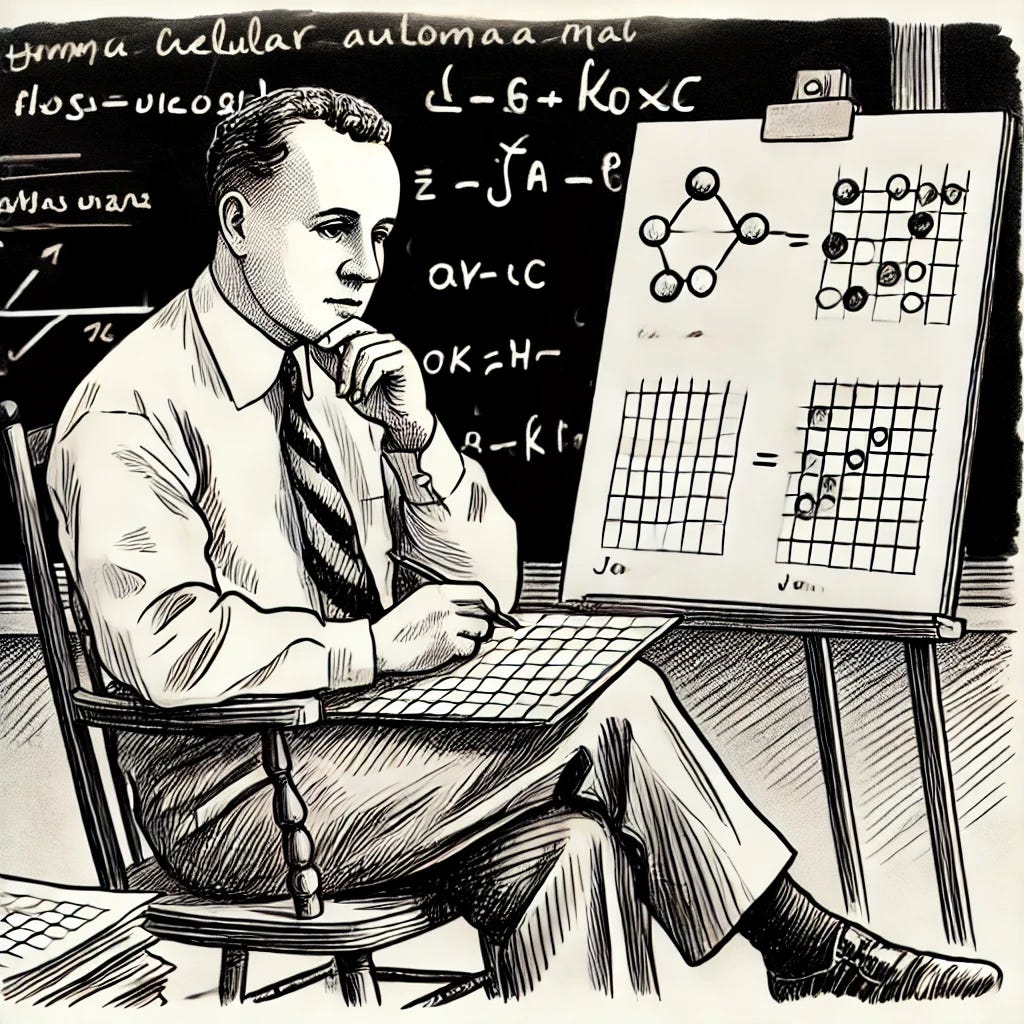Ever watch someone else play a video game?
During the 80s, this was probably among our least exciting activities to do with other people, but it still beat staring at the floor or ceiling while you were waiting for your turn to play the stand-up arcade version of Space Invaders or Shinobi, depending on your video game era.
Watching the game was pretty boring because you didn’t get to do anything. If you had to watch something you couldn’t control, you didn’t need to immerse yourself in pixelated graphics—you could just watch GI Joe or Transformers on TV, or pop in a VHS cassette of Robocop.
Today, by contrast, people watch other humans play video games all the time. This has become a cottage industry of sorts on YouTube, where expert teenagers (and adults) with ultra-fast-twitch muscles and reflexes channel their expertise to play in front of a virtual audience, just like a singer or dancer might perform live in front of a crowded auditorium.
This makes a ton of sense—video games look really cool these days! It’s really easy to immerse yourself in this fake digital world, where someone else is in the driver’s seat. Some people even pay to watch the show.
Watching someone who has put in their 10,000 hours practicing a game is understandable. This person is an expert, and they can do things you can’t. That’s impressive, even when the person you’re cheering for is up against the computer—maybe even especially when it’s human vs machine.
But what about a game that doesn’t have any human players?
This category of video games is called Zero Player, and these are ZPGs, or Zero Player Games. Here, we don’t even have the element of having a person to root for, so it’s hard to imagine much use in ZPGs, but that’s where today’s surprise comes into play.
There are two main types of ZPGs, and I bet your mind gravitates toward the first type: AI vs AI. You can probably imagine people enjoying watching an AI fight another AI by way of a video game—after all, AIs can be vastly better at human players at certain games.
The other type, where the outcome is totally determined by the initial state, sounds even more boring than an AI vs AI simulation! You’re absolutely right: they’re not riveting repeat viewing material, but these ZPGs may be able to tell us things about how everything works.
If reading that leaves you you’re wondering whether I’ve had enough coffee this morning, it depends on what you mean by enough. Suffice it to say, there’s a good reason to think this.
Back in the 1940s, a titanic thinker named John von Neumann wondered how life might have evolved from very simple rules. Von Neumann was obsessed with cutting things down to the core, finding the most fundamental rules that truly governed how the thing worked. Today, we all use his brilliant architecture whenever we use a computer.
Memory, inputs, outputs: the way all this works—that’s all von Neumann architecture, and it’s in just about every laptop, desktop, smartphone, or connected device. He also created the mathematical framework that physicists use today in quantum mechanics, invented game theory, and helped to launch computer-based weather forecasting.
Let’s just say that the dude had a knack for simplifying things.
When he looked at the incredible complexity in the living world, von Neumann zeroed in on one singular aspect of life: reproduction. He realized that if he could create a theoretical model for a machine that could reproduce itself, he would have a plausible explanation for how life’s complexity might arise.
This was the nucleus of his cellular automata, which his brilliant friend and fellow mathematician Stanislaw Ulam helped to flesh out over the next few years.
Ultimately, this framework involved 29 different possible states for a given cell, the basic building block of von Neumann’s and Ulam’s world. A cell could move around in this world, and then it could interact with other cells, kind of changing shape as it did so. Von Neumann could see how the shapes interacted by drawing them out on graph paper, but this was much more of a thought experiment performed in his mind.
Two decades later, technology caught up with the thought experiment a bit. Another brilliant mathematician named John Conway leveraged the budding field von Neumann had helped to create, running his own experiments designed to build a self-replicating machine of sorts.
Conway’s idea was a bit more refined than von Neumann’s—after all, he was standing on the shoulders of von Neumann himself!
Instead of 29 states, as von Neumann had initially set for his cellular automata, Conway vastly simplified this down to only two states: alive or dead. And, there were only four rules that governed how the shapes interacted.
First, any cell dies if it has fewer than two live neighbors. You might think of this as dying of loneliness, which contrasts with another rule: any live cell with more than three neighbors dies (overcrowding). The Goldilocks zone is two or three neighbors, and those cells live to see the next move.
Lastly, any dead cell that has exactly three live neighbors comes back to life. That’s it: just four rules.
Even better, you could actually set up these initial conditions, and then just walk away. The computer would run the simulation for you, so while von Neumann had to visualize what would happen seven or eight steps down the line (or painstakingly draw each step out, one at a time), Conway could simply observe the results.
Because the rules were simple enough, the computers of the 1970s could handle the workload, although it wasn’t until the late 80s and early 90s that the Game of Life, as Conway called it, hit a critical mass of users. People began to run little experiments with those four rules, starting out with a little bit more of a particular condition at the onset, and seeing which sets of initial conditions worked the best for complex “life.”
Watching these shapes play out can be mesmerizing, and you can do it right now if you want to. If you head over here, you can start a version going on your phone or computer now, and just watch all the weird shapes form from those individual cells.
Conway’s gambit (and von Neumann’s original idea) worked! It turns out that you really can create incredibly complex forms from very, very simple rules. Scientists have a term for whenever this happens, be it in biology, physics, or any other field of study: emergence. A deep dive into that subject is way out of today’s scope, but if you’re up for thinking more about these concepts, this might be a very good next step:
Emergence
The word emergence describes when something comes to light that wasn’t known before, like the Mind Flayer in Stranger Things:
I made a pretty bold claim earlier: that the Game of Life can help us to understand how everything works, not just life. That’s where emergence really comes into play, and where current ZPGs are heading: could ultra-simple rules also govern the way the universe works?
Perhaps even more interestingly, if the universe operates on these ultra-simple rules, could it be simulated on a computer, just as Conway’s Game of Life seeks to mimic how life came to be?
That’s a question for another day.









From Wargames with Matthew Broderick: “Is there a way to make the computer play itself? … Yes, number of players zero.”
This sounds a whole lot like AFKwarrior apps on the phone.
No thanks, not interested. I'd rather play the game than watch it.